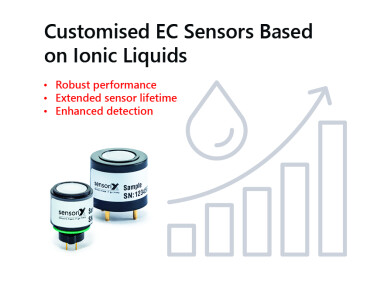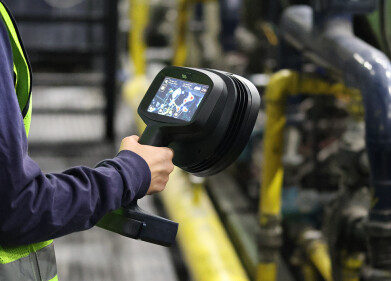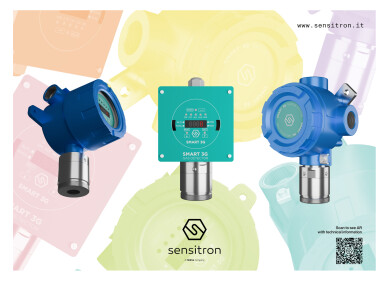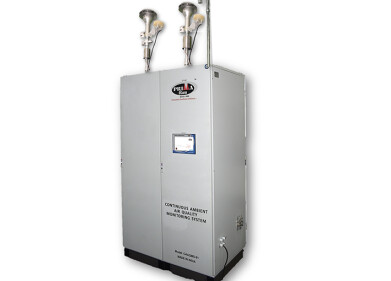Gas Detection
How to handle precisely even most complex tasks within gas analysis
Apr 10 2019
The measurement of a large number of gases in gas analysis has so far been complicated because pyroelectric detectors often simply provide too few measuring channels. This is where the new LRM-278 from InfraTec comes in. The detector combines eight measuring channels in a TO8 housing. As the first of its kind worldwide it offers a solution with a diameter of just 15.2 millimetres. Until now, a single detector of this size has been limited to a number of four gases that could be measured. Users who analyse medical and technical gases, measure emissions and engage in applications in the field of safety technology will benefit from the doubling to eight gases.
Double Space Savings
When looking at the design of the single supply detector, two details become clear, which make a significant contribution towards ensuring that such a powerful solution fits into such a small space. The first detail is the central window built directly in the cap, which all other models of the series of miniaturised multi channel detectors have, too. The correspondingly large aperture of 8.5 × 8.5 mm2 means that the LRM-278 has a very large field of view (FOV). This gives rise to its outstanding signal-to-noise ratio.
The second detail is concealed inside the detector. There, on special chip carriers, the sensitive pyroelectric sensors, the compensation elements as well as the 2 × 2 mm2 filters are positioned directly on top of each other. Due to this stack design, there is sufficient space for all other components.
Temperature Sensor Directly in the Detector
The frames with sensitive elements and filters are arranged in a square each with three times three fields. With a total of eight channels, one field thus remains free – the one in the middle. At this position there is a temperature sensor. With gas sensors, the temperature is usually measured as well. Until now, this has not been possible directly in the detector, however. Measuring the temperature inside the detector, for example, provides the option of compensating the typical temperature drift of the filters very accurately by means of a calibration.
In addition to the measurement accuracy, there are also the benefits resulting from the current mode of the LRM-278. This means that it impresses particularly by its fast displaying of signal changes and dynamic response behaviour. The resulting high signal voltage simplifies the circuit design and allows the detector to become more resilient against disturbances. The higher signal levels support the easy integration of the detector into measuring modules.
Digital Edition
AET 28.3 September 2024
September 2024
Business News - ENVEA announces acquisition of APAQ Group - SICK and Endress+Hauser sign strategic partnership - Efforts to curb gas flaring intensify amid environmental concerns Air Monito...
View all digital editions
Events
Nov 05 2024 Toronto, Canada
Nov 05 2024 Rimini, Italy
Nov 06 2024 Ho Chi Minh City, Vietnam
Nov 12 2024 Tel Aviv, Israel
Nov 12 2024 Valencia, Spain




















